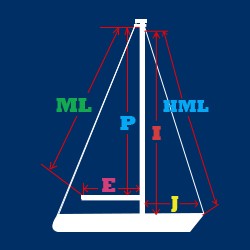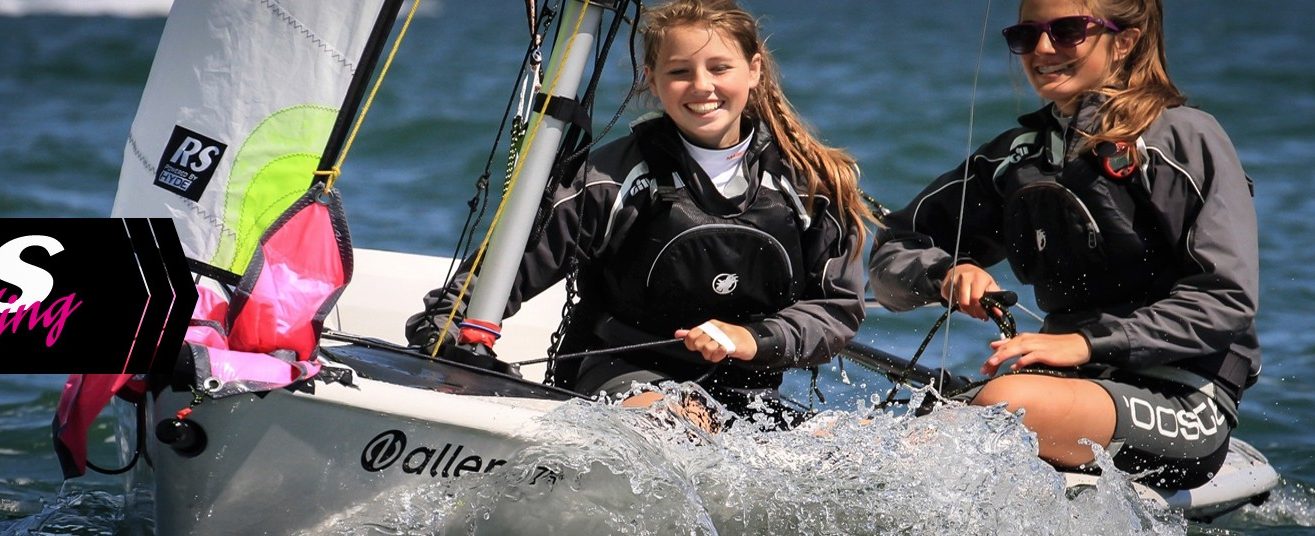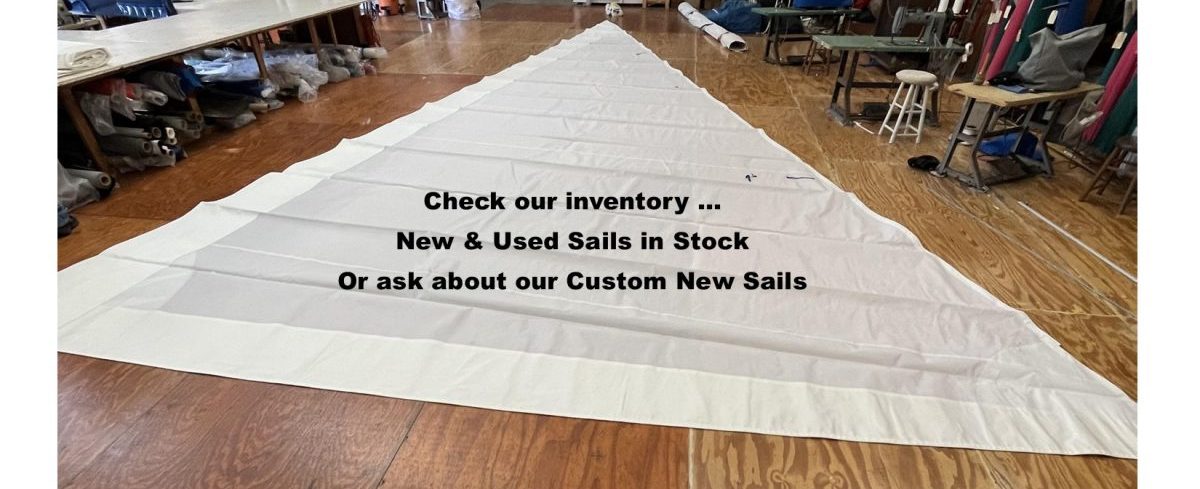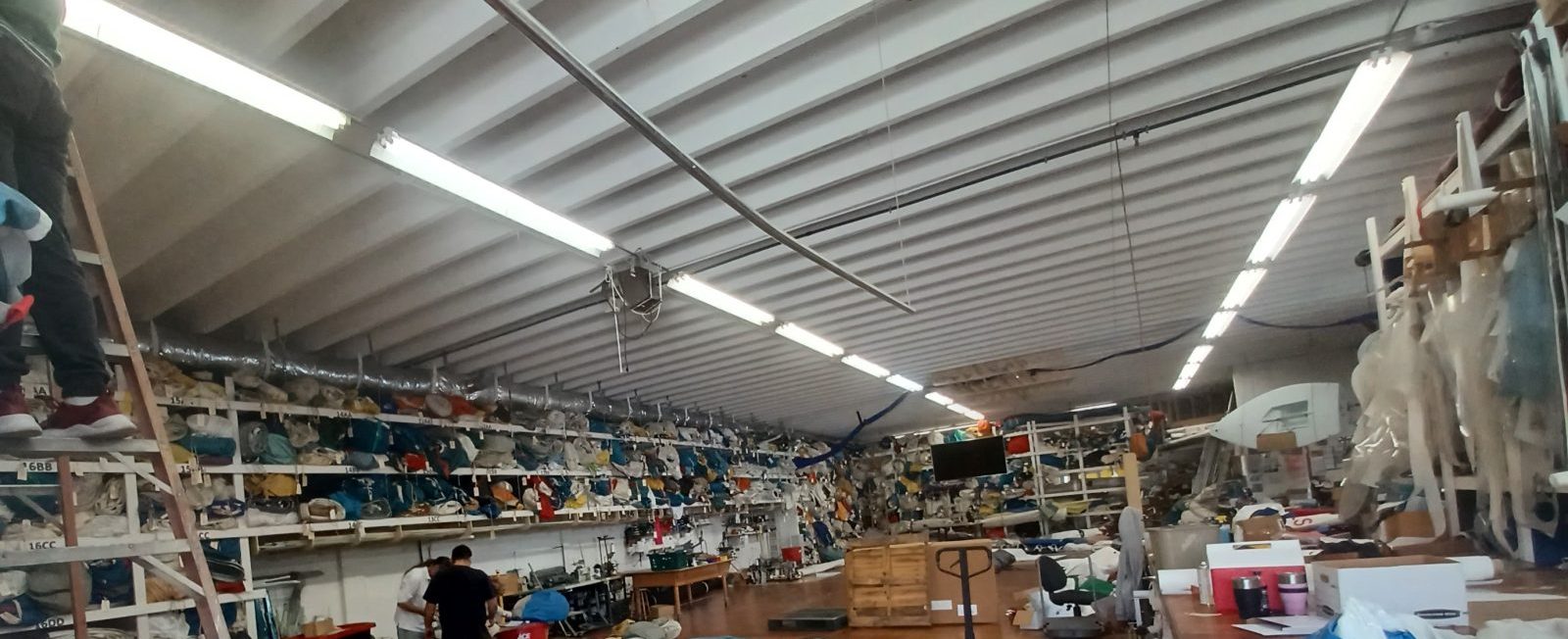 HOW TO MEASURE YOUR BOAT:
HOW TO MEASURE YOUR BOAT:
Measure for used Sails while it is always best to measure your boat in determining the correct lengths for your sails. Many standard boats have rig dimensions available through our Need Rig Dimensions search page. Or contact us for help. And if you should need to measure your boat the following information should help. Measure for used Sails
 | “I” is measured from the top of the jib halyard sheave to the deck (actually the sheer line). “I” length is not the headstay length, but it is measurement designers use to determine sail area during the design process. |
| “J” is measured from the front side of the mast to the intersection of the deck and head stay. | |
|
“P” is a measurement from the main halyard sheave box to the main tack fitting. | |
|
“E” is measured from the main tack fitting to the black band on the end of the boom. | |
|
“Headsail Luff” or“HML” is easily measured by attaching a tape measure to your halyard. Then raise the halyard to full hoist and measure to the bearing point of your tack shackle or tack horn. In the case of a furling system, the measurement is from the sail attachment points when the system if fully raised. | |
|
“Main Leech” or“ML” may need to be measured in special circumstances (bimini clearance, etc.). | |
|
“LP” is Luff perpendicular. It determines the percentage (i.e. 150% genoa) your headsail overlaps the mast. The formula: J x % = LP. |
- If you are measuring your old sail, you will need to pull the luff tight. Like when the sail is under halyard tension. You sail can always be shorter than the maximum luff. Some people prefer a sail that is short on the luff so they can add a tack pennant to raise the sail off the deck foe visibly and to clear the lifelines. A minimum measurement is your decision based on your needs, wants and price.
- You can also go to our Sailboat Rig Dimension Table. Use the sailboat rig dimension table to help determine what size sails you need for your boat. The “P” represents the luff of the mainsail and the “E” is the designed foot length. The “I” length is not the headstay length, but it is close. Remember if you have a roller furling system your will be about 1′-2′ shorter than your “I” length because of the upper swivel and furling drum.




